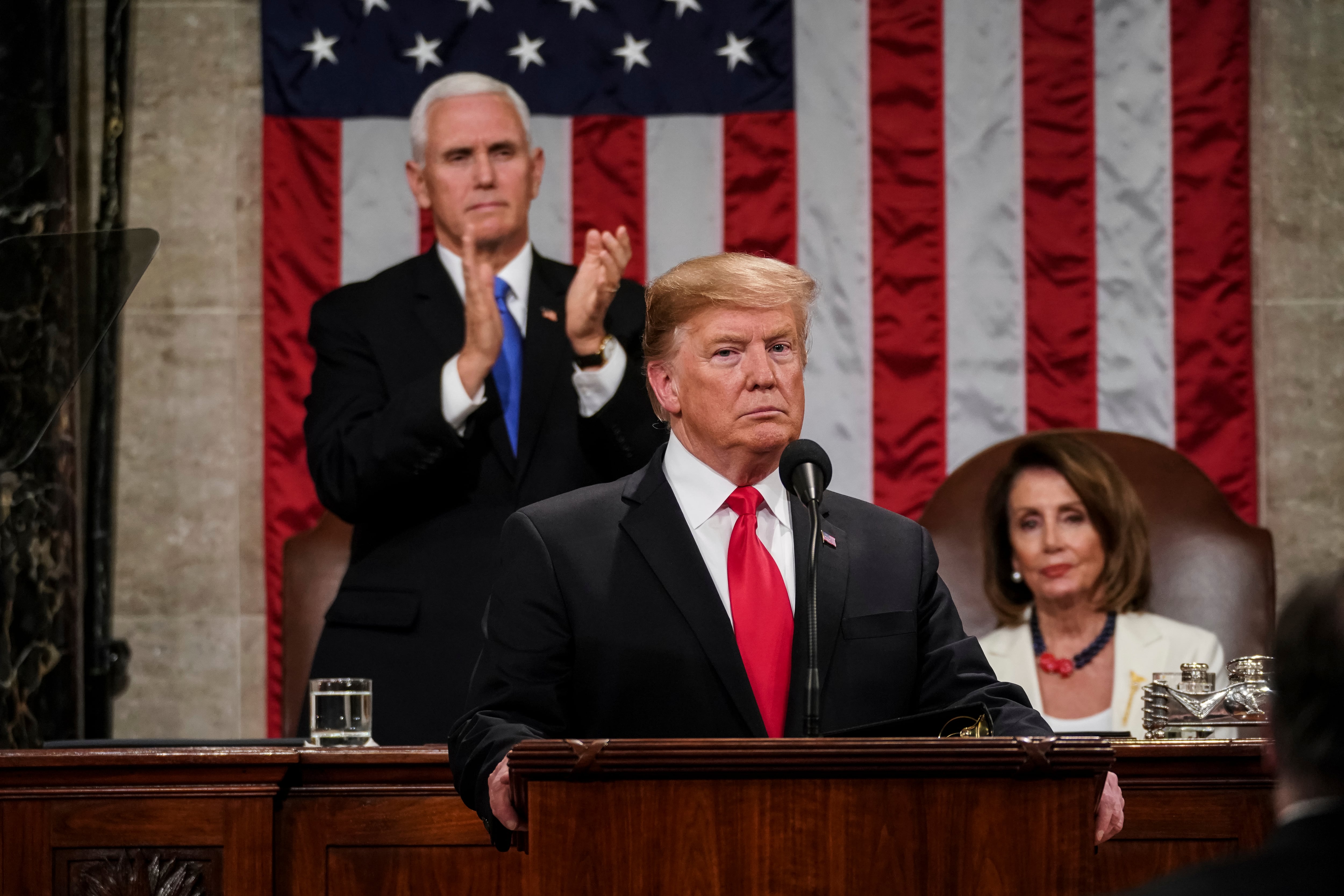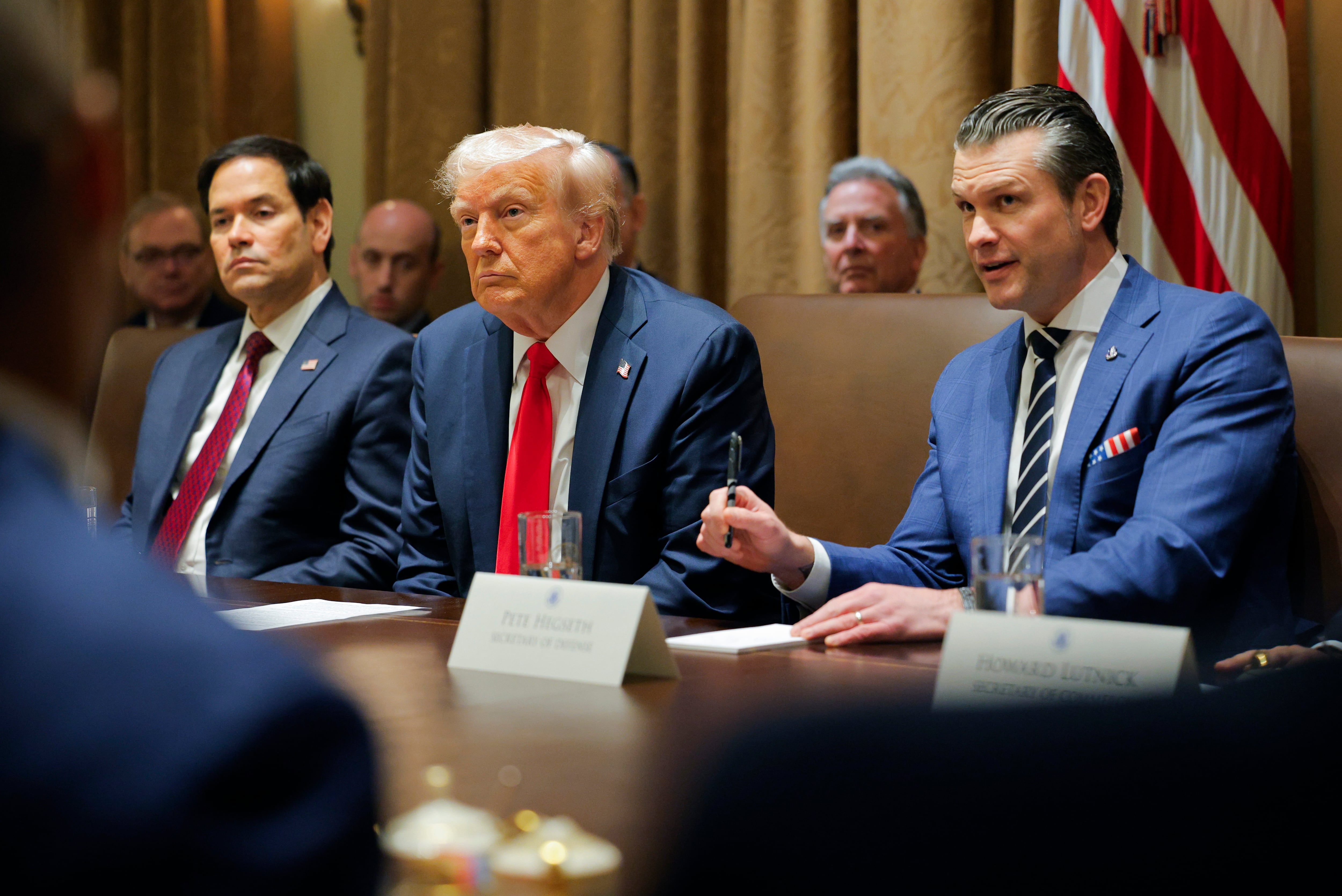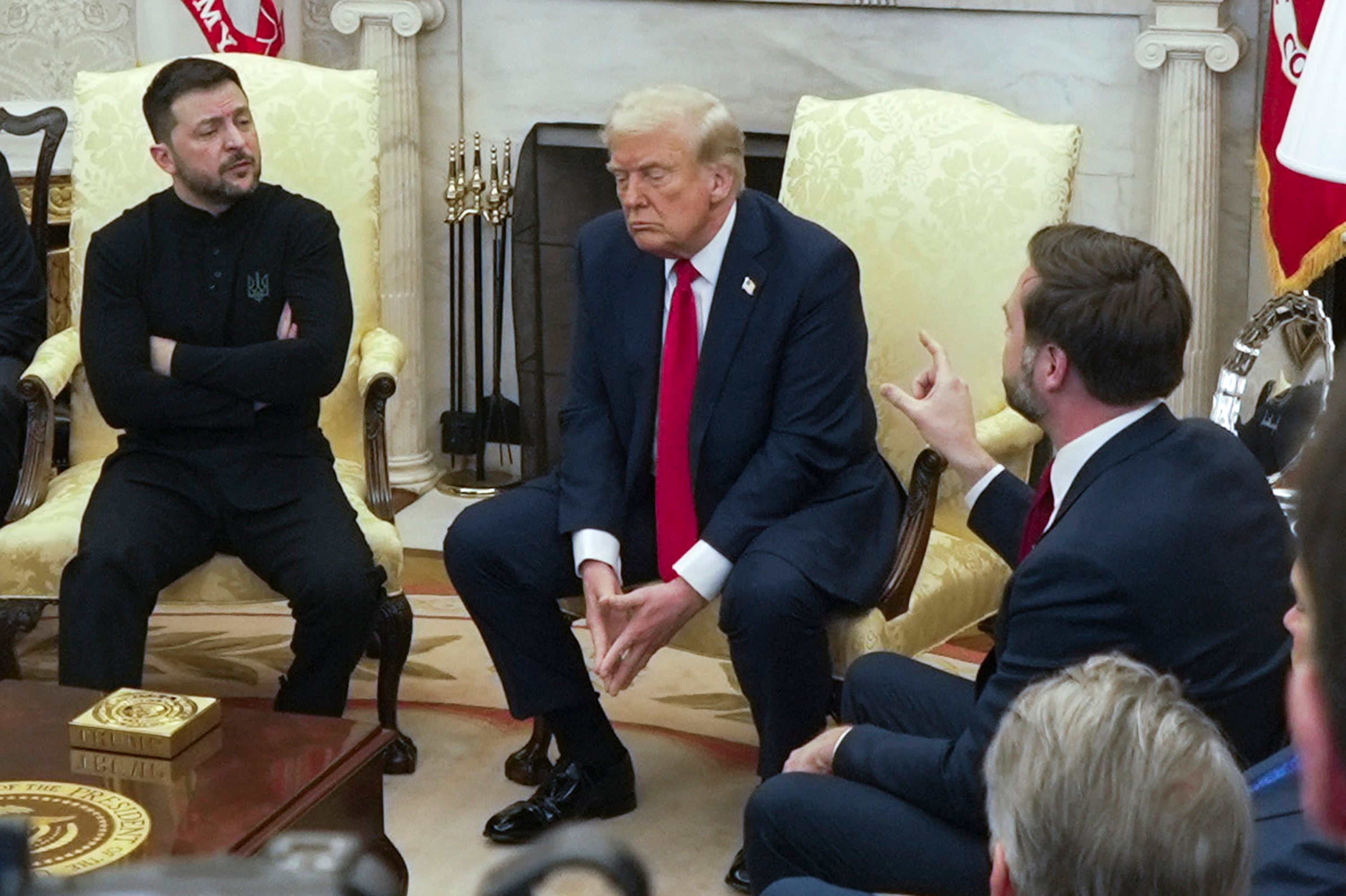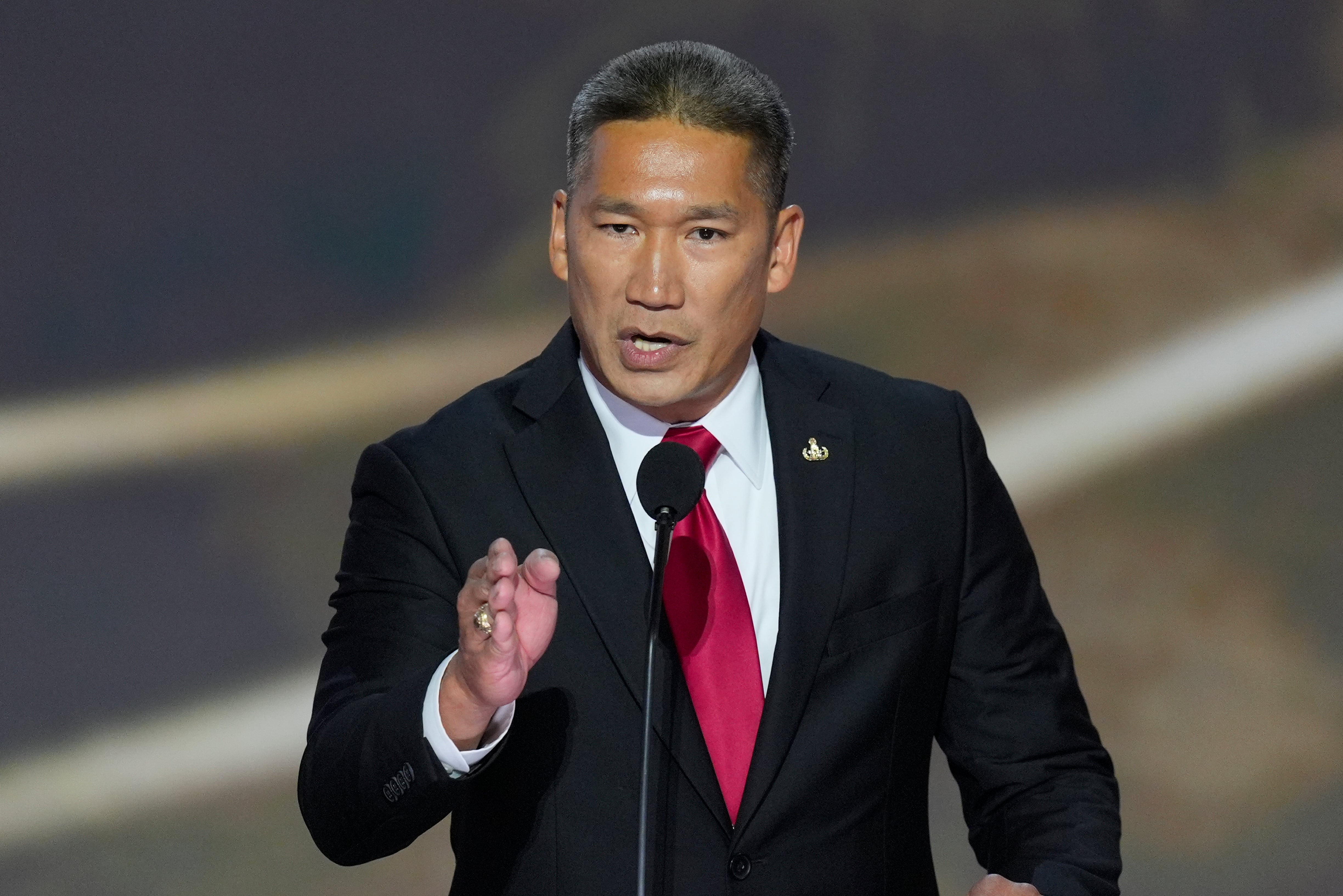Initiatives to expand federal telework have been ongoing for more than a decade, with only piecemeal progress, as telework policies are often reliant on the views of agency leadership and managers at the time.
But forced mass telework in response to the COVID-19 pandemic may now offer enough evidence to make working from home during non-emergencies more widespread in the future.
“We’re rarely afforded the opportunity to make such dramatic changes to our businesses in such a short period of time. Even rarer still is the ability to do so in a way that would better our teams for the changing digital landscape,” said Mark Pringle, senior vice president of corporate real estate, global facilities and environment, health and safety for Dell Technologies, during testimony Wednesday before the Senate Committee on the Environment and Public Works.
“COVID-19 has exacted a devastating public health and economic toll on our country. One of the best ways to recover from both catastrophes is to reimagine work in ways that generally improve the quality of life for our nation’s workforce.”
The Telework Enhancement Act, signed into law in 2010, required all executive agencies to develop telework programs and authorize employees to work under those programs. The Office of Personnel Management, under the Trump administration, later touted telework as a valuable tool to increase workplace flexibility and make federal jobs more attractive.
But individual agencies like the Social Security Administration and the Department of Education have over the past few years taken the opposite tack, reducing or eliminating previously established telework programs in an effort to improve productivity.
“Managers simply don’t trust their employees to work untethered. And I think the biggest thing we’re going to learn out of this — we already have learned — is that now they’ve realized that their people are productive, and they can tell that they’re productive. We still need a lot of training in managing by results rather than butts in seats,” said Kate Lister, president of Global Workplace Analytics, who testified at the same hearing Wednesday.
Lister noted that the Department of Education initiative to reduce telework proved ineffective.
“The vast majority of those polled said that it didn’t do what it was supposed to do, which is enhance collaboration and improve customer service. And in addition, it decreased productivity, hurt morale, increased absenteeism and potentially increased turnover.”
Data gathered prior to and during the pandemic has since supported the benefits of expanding telework in the federal workplace, with elements that appeal to the policy objectives of both Democrats and Republicans.
Global Media Analytics, for example, found that if all 900,000 federal employees eligible to telework were allowed to do so for just half of the work week, the federal government could reduce its office space needs by around 25 percent and save $1.75 billion in real estate and $11 billion in total costs.
That number does not even take into account the number of employees who are not officially approved for telework, but who managed to successfully perform their jobs from home due to emergency telework measures.
“I believe the federal government should also be looking for ways to save taxpayer money whenever and wherever possible,” said Sen. John Barrasso, a Republican from Wyoming.
Telework expansion would also reduce carbon emissions from daily commutes, satisfying some climate change priorities in Congress.
Permanently expanding federal telework could also satisfy the debate over agency relocation efforts.
Proponents of such efforts have argued that it would “spread the wealth” of federal jobs and bring agencies closer to their constituents, while opponents claim that such moves are veiled attempts to force feds to quit rather than move and will take federal decisionmakers away from the seat of government power.
Through expanded telework, feds could live and work further afield from agency offices, while those that have to be in the office could be physically closest to where they are most needed.
Making federal telework a more permanent strategy will, however, require more intentional planning and getting leadership on board.
“The majority of employers have let remote work happen, rather than making it happen. And those that have been intentional about it have coincidentally transformed their offices that support a wide range of activities. These employers have reaped the benefits in terms of lower overhead, happier and more productive employees, and less waste,” said Lister.
That intentional attitude will need to include expansion of U.S. broadband capabilities to traditionally underserved areas, and investment in improved information technology systems.
Democratic senators sent a letter to Appropriations Committee leadership on July 29 encouraging the inclusion of IT investment funds in COVID stimulus legislation.
Agencies will also have to decide how pay is determined for employees that work for an agency located in one place, but live and work from home in an entirely different location.
“Government can help to set that example,” said Lister.
The federal government currently operates on a system of locality pay, which enables the whole government to have a base pay for each position, with additional pay bumps for employees that live in more expensive parts of the country. That system may offer a more standardized method for determining pay for teleworking employees than is available to the private sector.
Jessie Bur covers federal IT and management.





